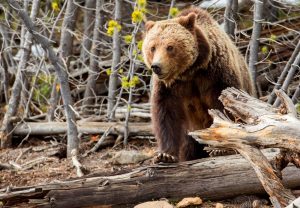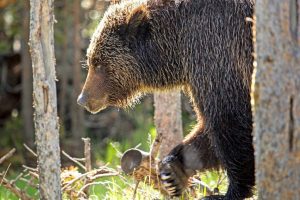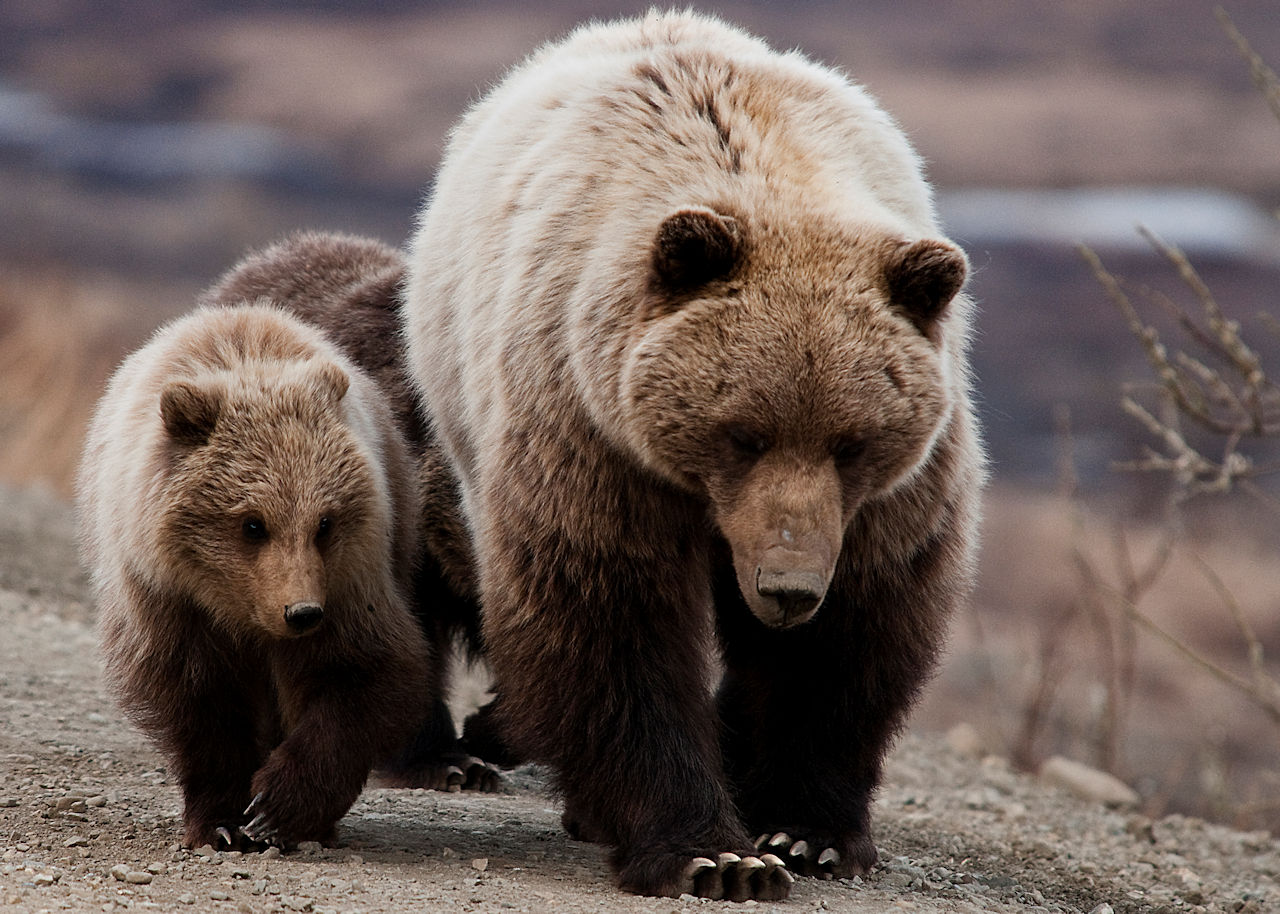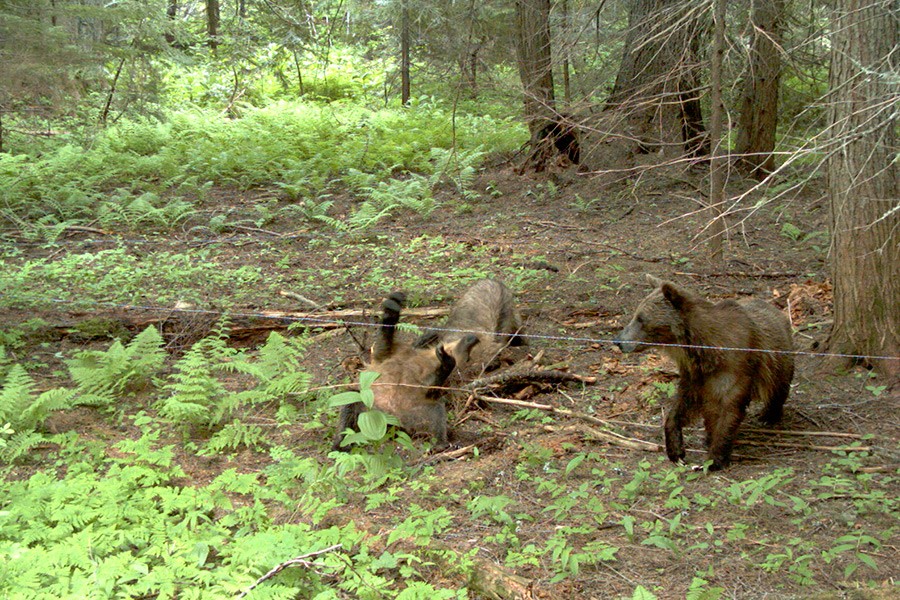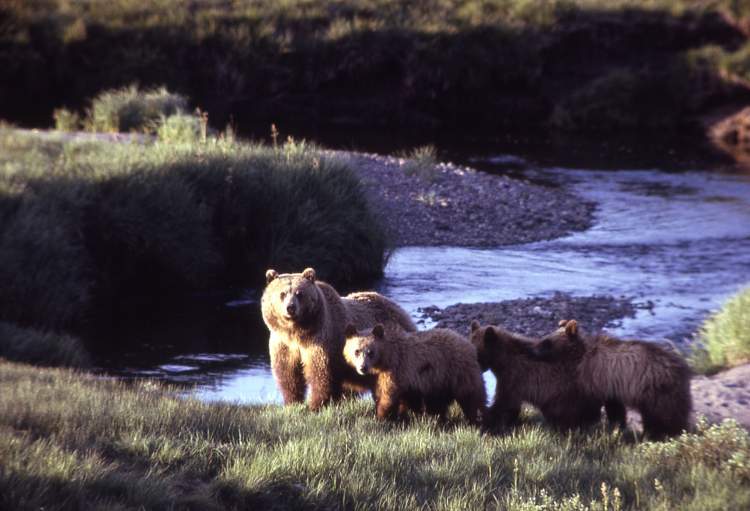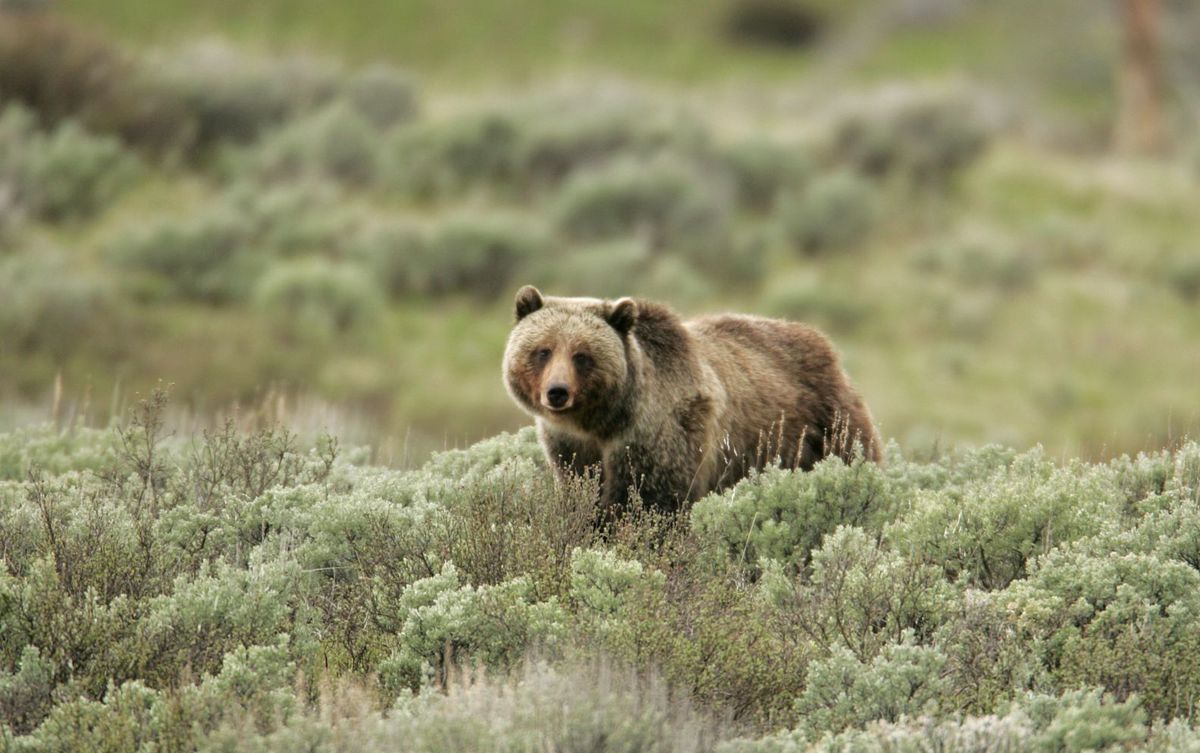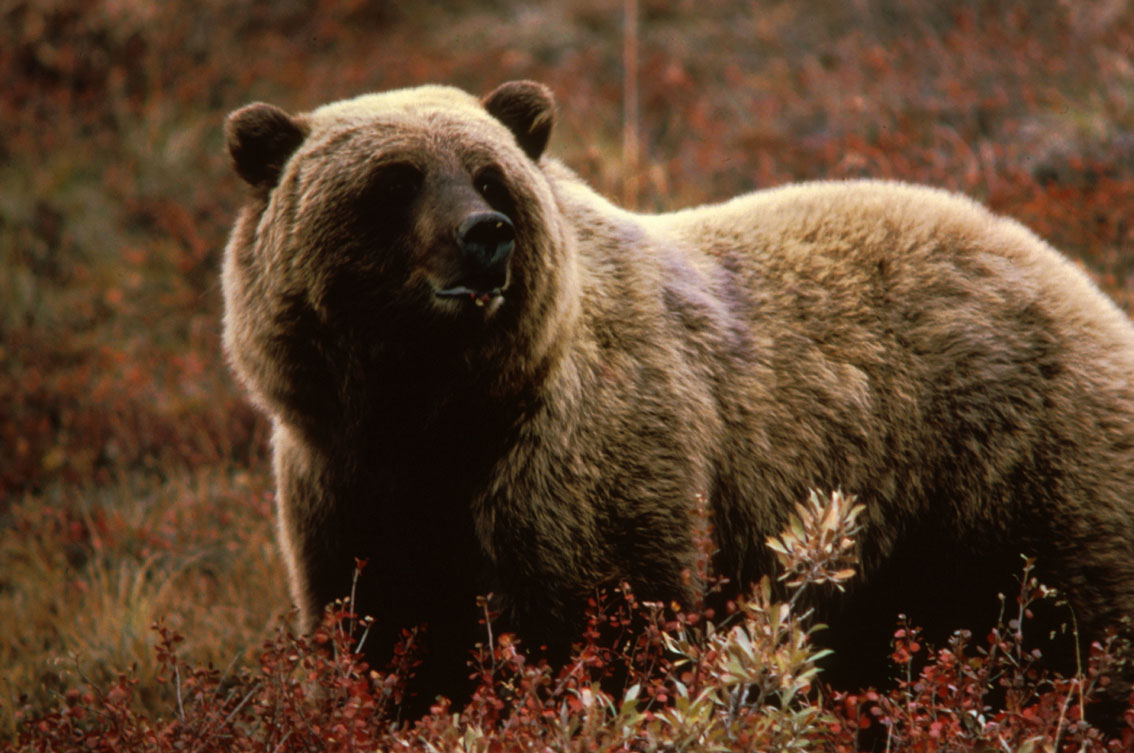Here is a well-reasoned op-ed that recently appeared in the Helena Independent Record opposing grizzly bear delisting due to problems with Montana’s current wildlife management regime. You’ll see some familiar entries in the 35-name signature block, including NFPA Board of Directors member Diane Boyd.
(Bonus: the Char-Kosta News, official news publication of the Flathead Indian Reservation, has a lengthy discussion of the underlying background issues.)
We are 35 state, federal, and Tribal wildlife professionals who have worked together for more than 40 years to help recover and manage grizzly bears, wolves, and other wildlife in Montana. We did this by building science and fact-based management policies and plans with public input while carefully balancing the needs of bears and other wildlife with the needs of the people who live, work, and recreate in Montana.
We believed in and promoted the eventual delisting of recovered grizzlies and wolves and turning them over to state management. We believed that the wildlife professionals in Montana Fish, Wildlife, and Parks (FWP) would be good stewards who would continue to carefully manage grizzly bears and wolves using science and facts after recovery and delisting.
All this changed in 2021 when a new legislative majority and a like-minded governor took office. Science-based wildlife management in Montana was replaced by anti-predator hysteria fueled by misinformation and emotion. Professional wildlife management by FWP biologists was replaced by partisan political intervention that overturned decades of sound wildlife policy.
